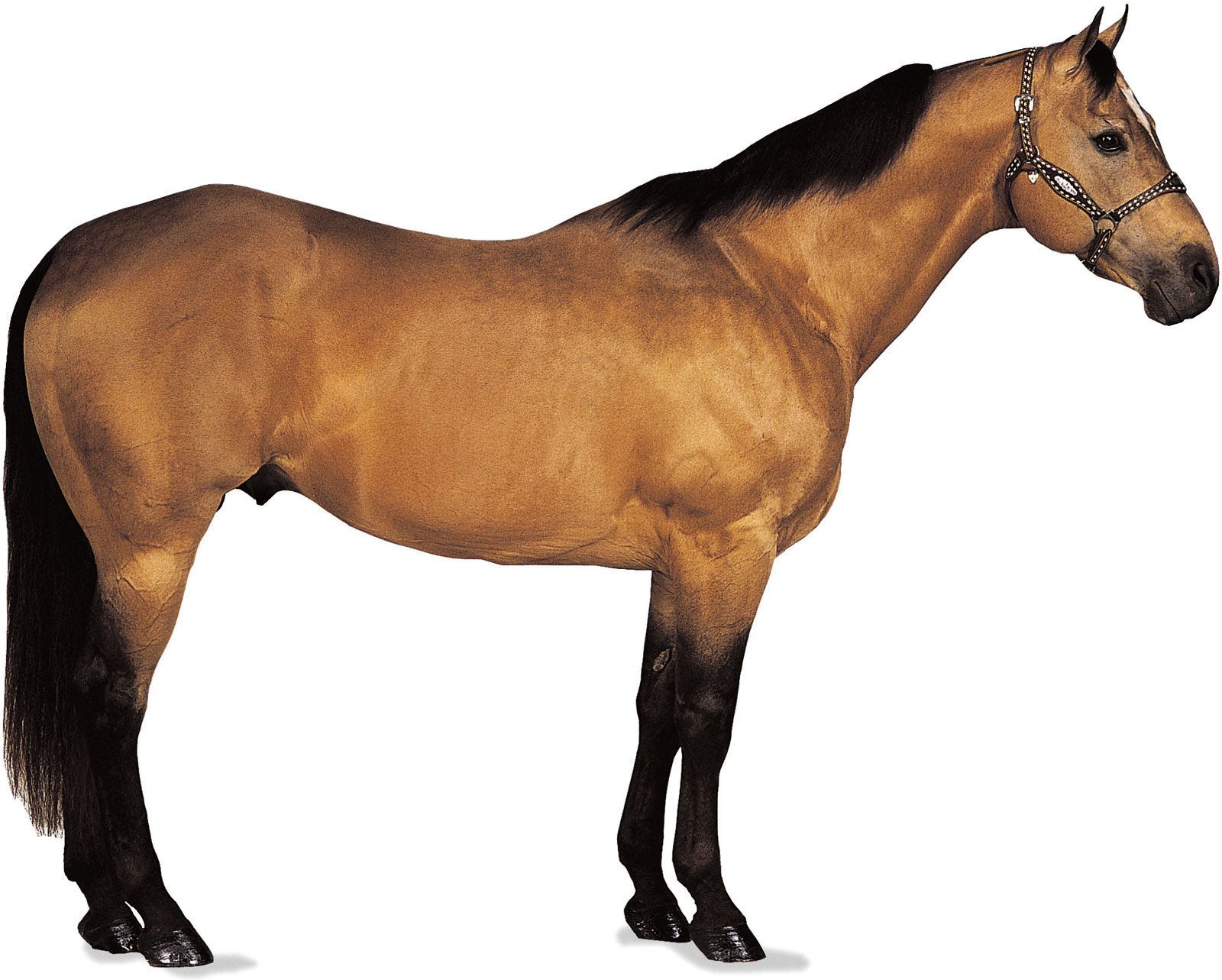The Quarter Horse is a popular and versatile breed known for its strength, speed, and agility. One common question that arises among horse enthusiasts, especially those considering owning or working with Quarter Horses, is how tall this breed typically grows. In this article, we will explore the average height of a Quarter Horse, factors that can influence their height, and why understanding their dimensions is important for their care and performance.
Understanding the Quarter Horse

Before delving into their height, it’s essential to have a basic understanding of the Quarter Horse breed. The American Quarter Horse, often simply referred to as the Quarter Horse, is a breed developed in the United States. Known for its versatility, these horses are commonly used in a variety of disciplines, including racing, rodeo events, ranch work, and as pleasure mounts.
Average Height
The average height of a Quarter Horse can vary depending on several factors, including genetics, nutrition, and overall care. Generally, the breed’s height falls within the range of 14 to 16 hands, with some individuals exceeding this range. A “hand” is a unit of measurement used to determine the height of horses, with one hand being equivalent to 4 inches.
Factors Influencing Height
Genetics play a significant role in determining a Quarter Horse’s height. Breeding lines can influence whether a horse is on the taller or shorter end of the spectrum. Additionally, proper nutrition and healthcare during a horse’s formative years can impact its growth and overall stature. Environmental factors, such as the availability of space for exercise and movement, can also influence a horse’s height.
Measuring a Quarter Horse
Measuring a horse’s height is typically done in hands. The horse is measured from the ground to the highest point of its withers, which is the ridge between its shoulder blades. This measurement provides an accurate representation of the horse’s overall height and is essential for determining its suitability for various activities and disciplines.
Importance of Height in Horse Care
Understanding a Quarter Horse’s height is crucial for several aspects of their care. For example, when selecting equipment such as saddles and bridles, having an accurate measurement of the horse’s height ensures proper fit and comfort. Additionally, knowledge of a horse’s height can assist in determining its suitability for specific tasks or disciplines, such as barrel racing, where smaller, more agile horses may have an advantage.
Performance Considerations
In disciplines such as racing and jumping, a horse’s height can impact its performance. Taller Quarter Horses may have longer strides and greater power, which can be advantageous in certain events. However, shorter individuals may possess more agility and maneuverability, making them well-suited for activities that require quick turns and bursts of speed. Understanding the relationship between height and performance can aid in selecting a suitable horse for a particular discipline.
Height Variations in Quarter Horses
While the average height range for Quarter Horses provides a general guideline, it’s important to note that there can be significant variations within the breed. Some bloodlines may consistently produce taller horses, while others may be known for smaller, more compact individuals. Additionally, factors such as diet, exercise, and overall health can influence an individual horse’s growth and height.
Training and Exercise
A Quarter Horse’s height can impact its training and exercise routines. Taller horses may require specialized exercises to develop their strength and coordination, particularly if they are involved in activities that demand agility and speed. Conversely, smaller Quarter Horses may benefit from exercises that focus on building muscle and power to compensate for their size.
Curious about horse sizes and heights? Explore our articles on horse heights, shire horse heights, and stallion horse heights for more information on these majestic creatures!
Conclusion
In conclusion, understanding the typical height of a Quarter Horse and the factors that can influence it is essential for anyone involved in the care, training, and utilization of these remarkable animals. From selecting the right equipment to identifying a horse’s suitability for specific disciplines, height plays a crucial role in their overall performance and well-being. By considering the various aspects related to Quarter Horse height, individuals can make informed decisions to ensure the optimal care and utilization of these versatile equines.



